US plug-in electric vehicle sales decline in 2019 due to softer PHEV sales; ~2% of market
Green Car Congress
MARCH 10, 2020
Following a year of rapid growth in 2018, in which sales nearly doubled from the previous year, sales of plug-in electric vehicles in the US declined in 2019, due to lower sales of plug-in hybrid electric vehicles. Source: Argonne National Laboratory, Light Duty Electric Drive Vehicles Monthly Sales Updates, December 2019.

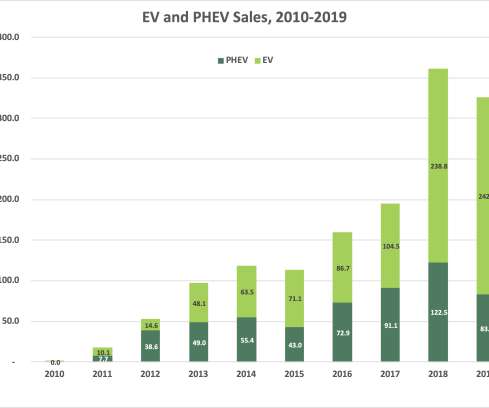

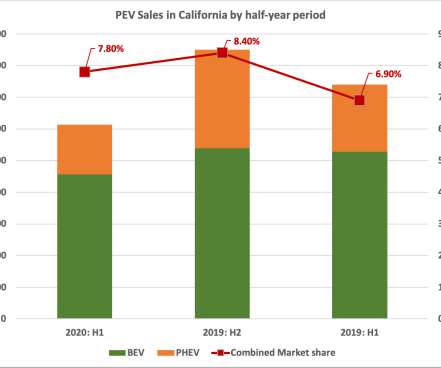
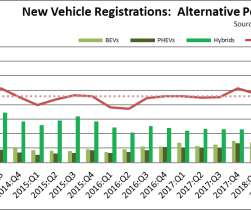

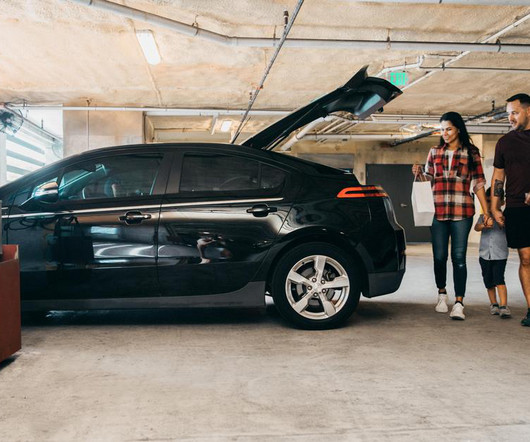


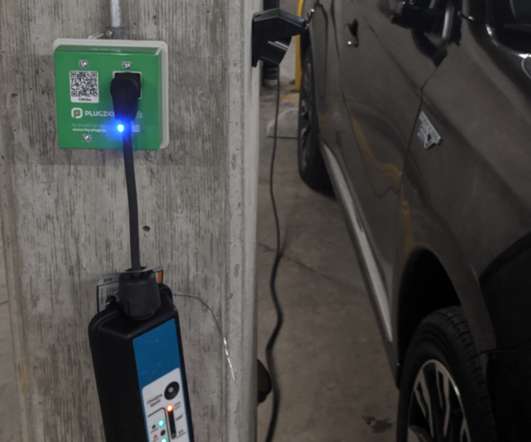









Let's personalize your content